
Our Services
An overview of the services you offer and how they will benefit the visitor.
Musculoskeletal Physiotherapy
- Focus: Treats injuries and disorders affecting muscles, joints, and soft tissues.
- Common Conditions: Back pain, neck pain, sprains, strains, arthritis, sports injuries, and post-surgical rehabilitation.
- Techniques Used: Manual therapy, exercise therapy, dry needling, taping, and education on posture and ergonomics.

Neurological Physiotherapy
- Focus: Helps individuals with disorders of the nervous system.
- Common Conditions: Stroke, multiple sclerosis (MS), Parkinson’s disease, spinal cord injuries, and traumatic brain injuries.
- Techniques Used: Balance training, gait retraining, strength exercises, and coordination exercises.
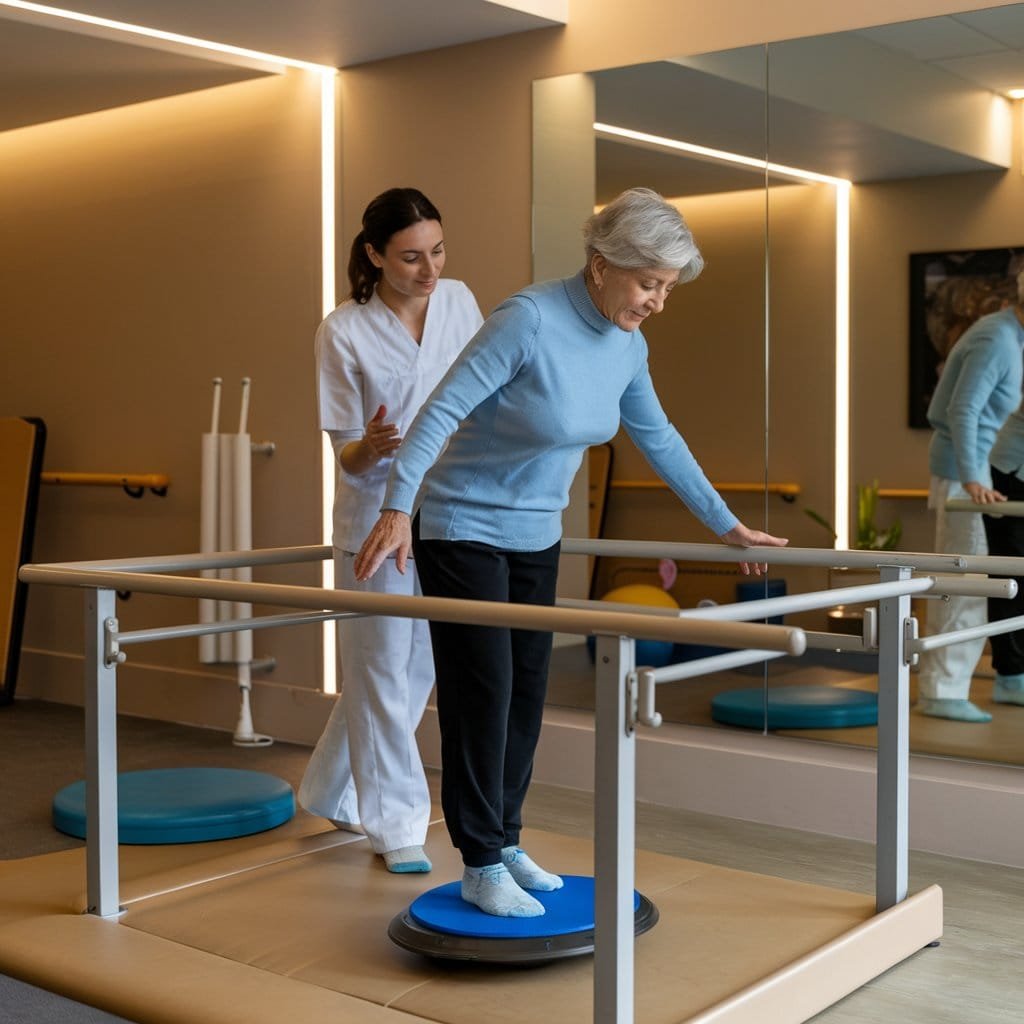
Sports Physiotherapy
- Focus: Prevention, diagnosis, and rehabilitation of sports injuries.
- Common Conditions: ACL injuries, tendonitis, muscle tears, and overuse injuries.
- Techniques Used: Performance analysis, sports-specific exercises, manual therapy, and injury prevention strategies.
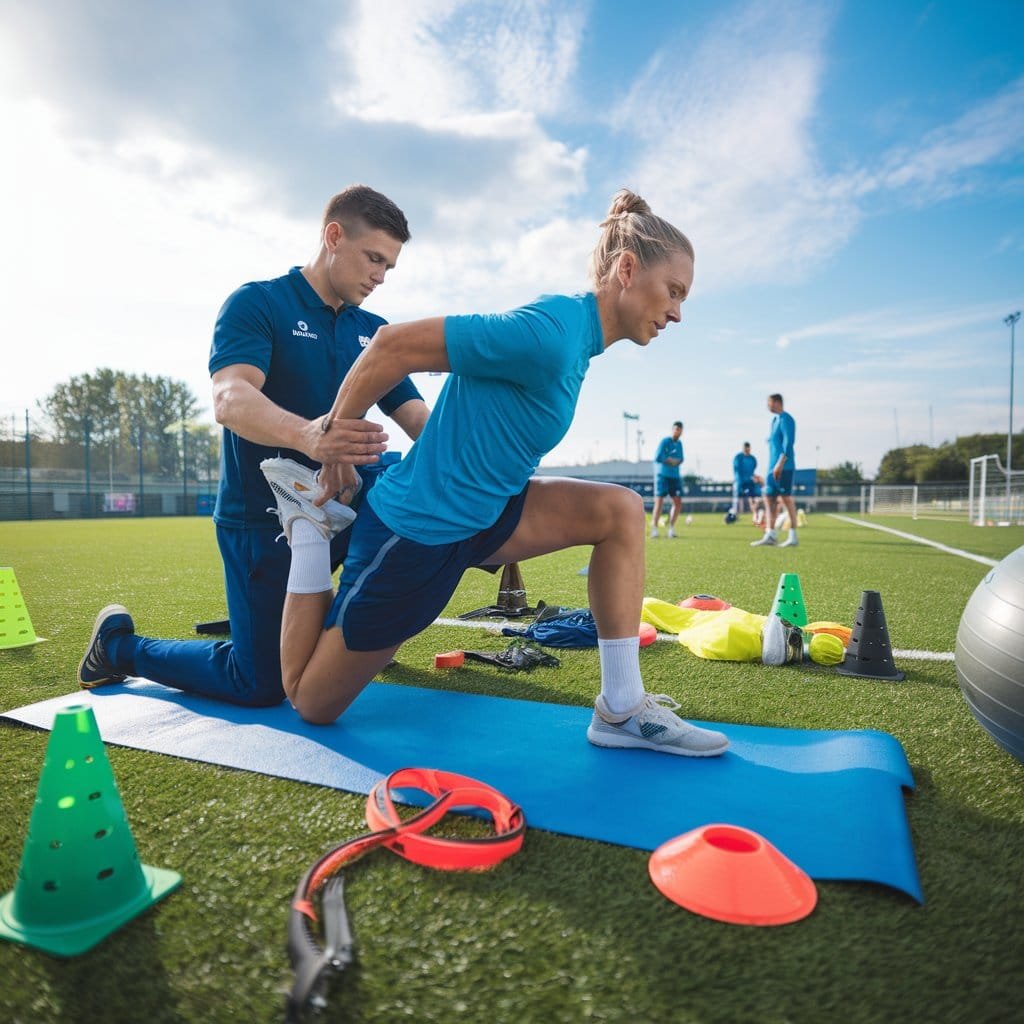
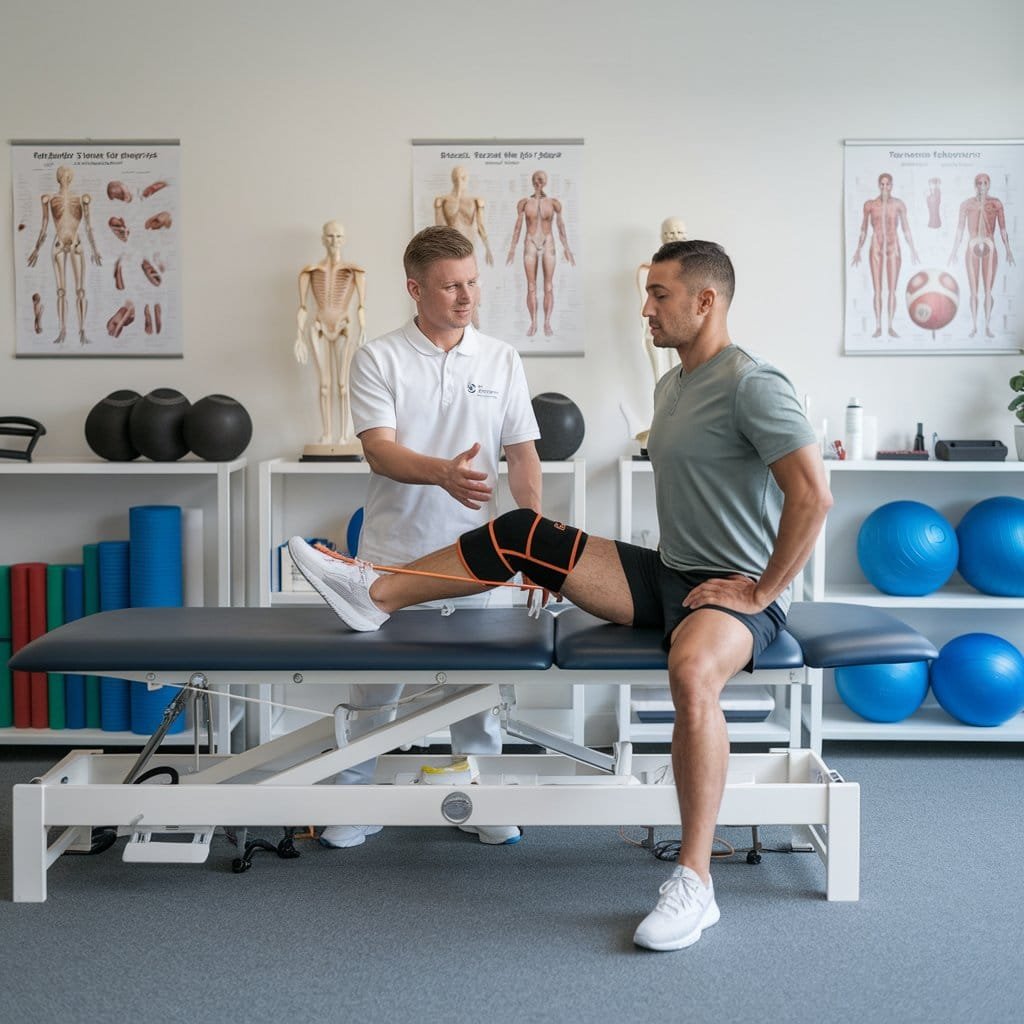
Orthopedic Physiotherapy
- Focus: Post-surgical recovery and management of conditions affecting the skeletal system.
- Common Procedures: Joint replacement rehab (e.g., knee or hip replacements), fracture recovery, and spinal surgeries.
- Techniques Used: Strengthening, mobility exercises, and pain management techniques.
Cardiopulmonary Physiotherapy
- Focus: Improves respiratory and cardiovascular health.
- Common Conditions: Chronic obstructive pulmonary disease (COPD), asthma, post-cardiac surgery recovery, and cystic fibrosis.
- Techniques Used: Breathing exercises, chest physiotherapy, endurance training, and lifestyle education.
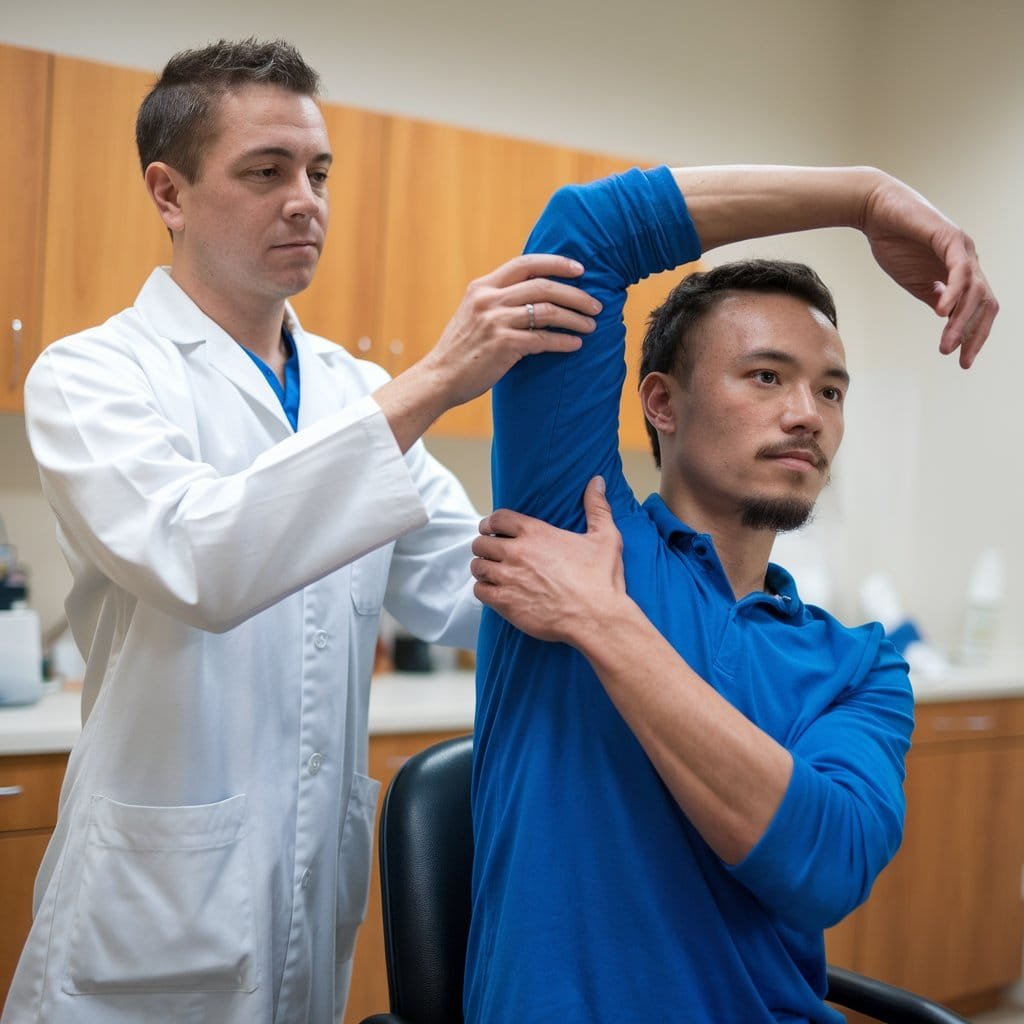

Pediatric Physiotherapy
- Focus: Addresses developmental, neurological, or musculoskeletal issues in children.
- Common Conditions: Cerebral palsy, developmental delays, torticollis, and scoliosis.
- Techniques Used: Play-based therapy, strengthening exercises, gait training, and parent education.
Geriatric Physiotherapy
- Focus: Manages age-related conditions and promotes independence.
- Common Conditions: Osteoporosis, arthritis, balance issues, and fall prevention.
- Techniques Used: Strength training, balance exercises, and mobility aids guidance.


Women’s Health Physiotherapy
- Focus: Addresses issues specific to women’s health.
- Common Conditions: Pelvic floor dysfunction, pre- and post-natal care, incontinence, and post-surgical recovery.
- Techniques Used: Pelvic floor exercises, core strengthening, and posture correction.
Rehabilitation and Pain Management
- Focus: Restores function after trauma, surgery, or chronic conditions.
- Common Conditions: Chronic pain, fibromyalgia, or post-surgical recovery.
- Techniques Used: Pain-relief modalities like TENS, ultrasound therapy, and education on long-term management.
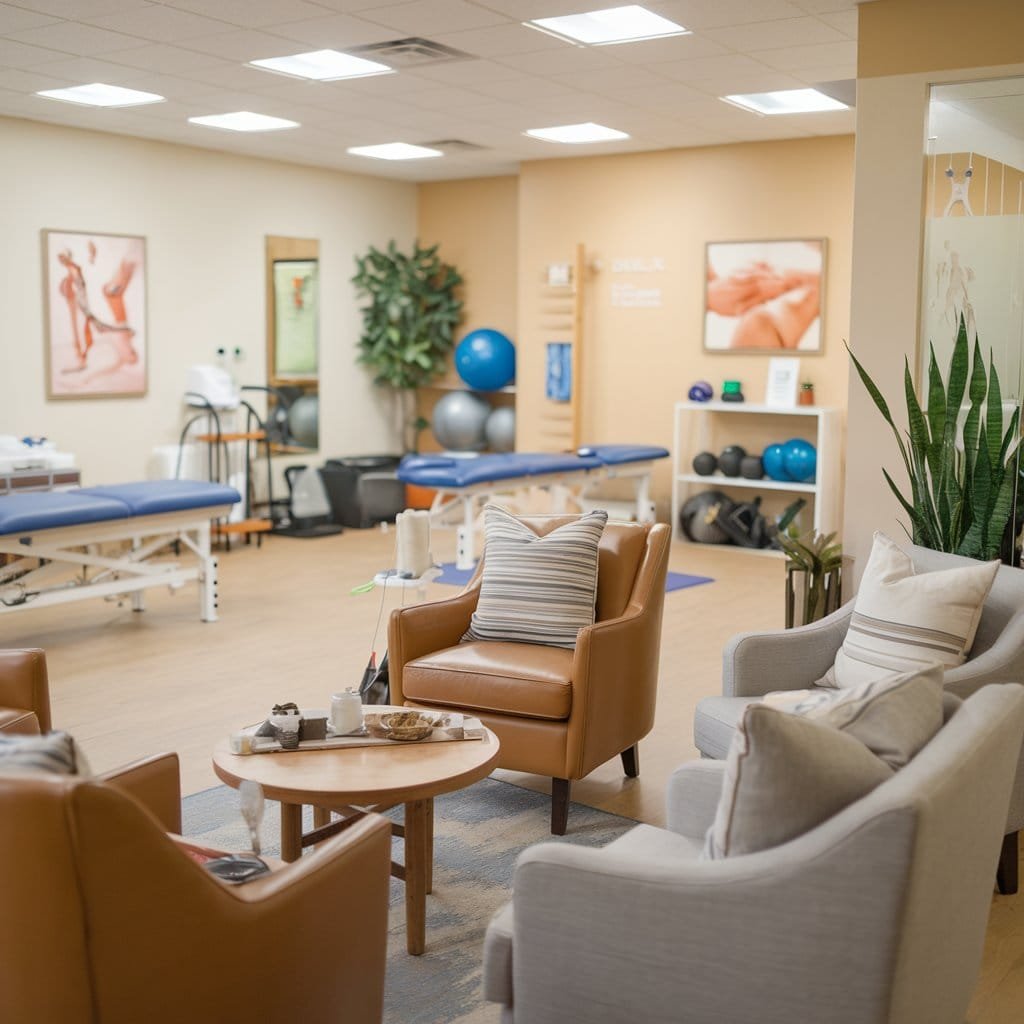
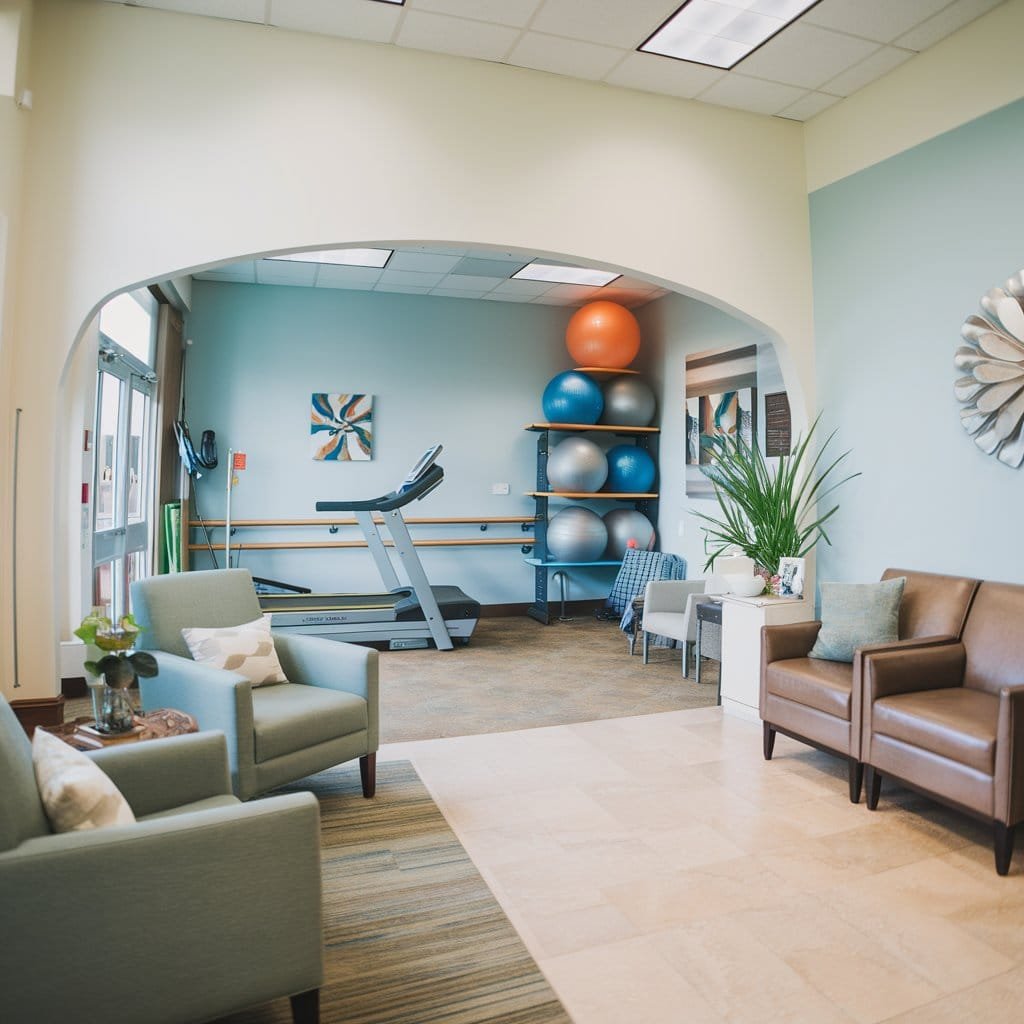
Vestibular Rehabilitation
- Focus: Helps manage balance disorders and dizziness.
- Common Conditions: Vertigo, Meniere’s disease, and vestibular neuritis.
- Techniques Used: Balance exercises, eye-movement exercises, and positional maneuvers.
Workplace and Ergonomic Physiotherapy
- Focus: Prevents and treats work-related injuries.
- Common Conditions: Repetitive strain injuries, posture issues, and ergonomic challenges.
- Techniques Used: Ergonomic assessments, workstation modifications, and exercise programs.

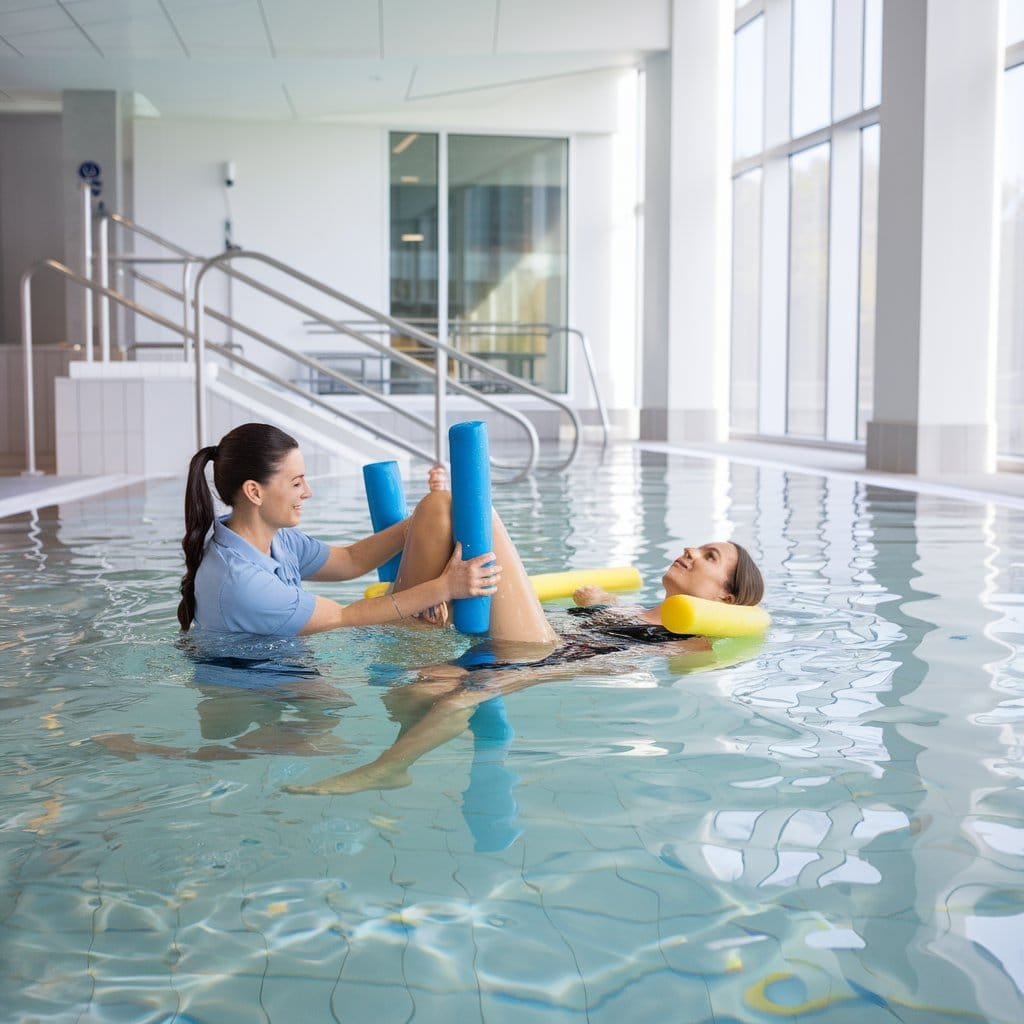
Hydrotherapy (Aquatic Therapy)
- Focus: Uses water-based exercises for rehabilitation.
- Common Conditions: Arthritis, chronic pain, or post-surgical recovery.
- Techniques Used: Resistance exercises, buoyancy-assisted movements, and relaxation techniques.
Manual Therapy
- Focus: Hands-on techniques to reduce pain and improve mobility.
- Techniques Used: Joint mobilizations, manipulations, and soft tissue massage.
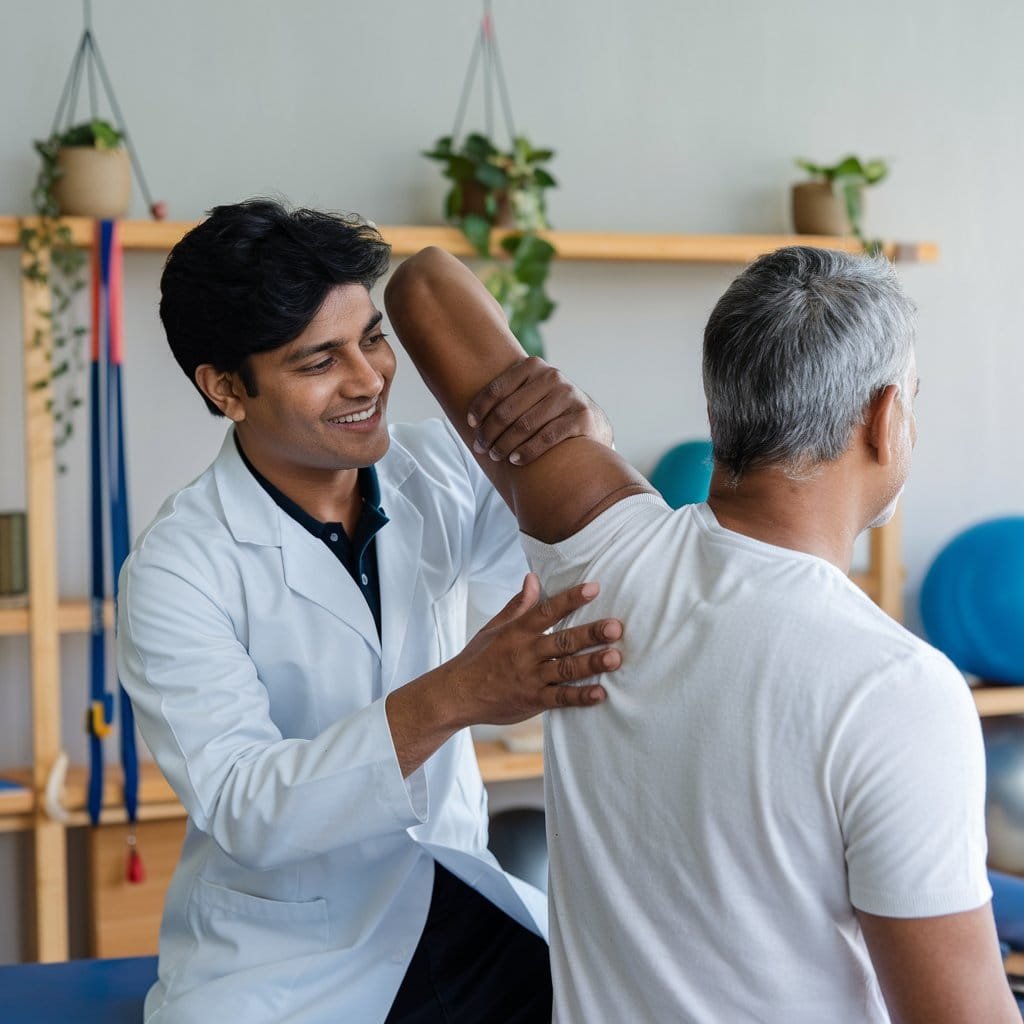

Electrotherapy
- Focus: Uses electrical modalities for pain relief and muscle stimulation.
- Common Modalities: TENS (Transcutaneous Electrical Nerve Stimulation), ultrasound therapy, and interferential therapy.
K-Taping and Dry Needling
- Focus: Reduces pain and releases tension by targeting trigger points.
- Common Conditions: Myofascial pain, tension headaches, and chronic pain syndromes.
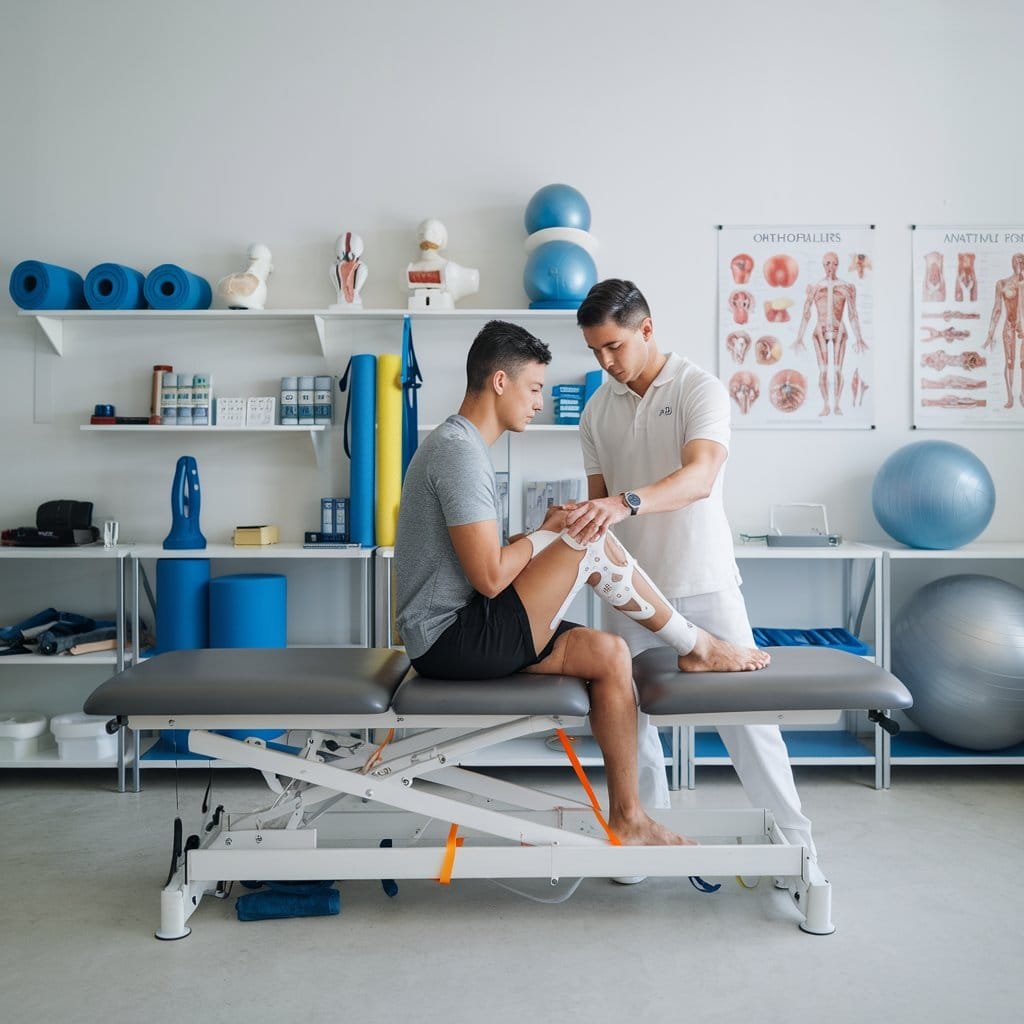
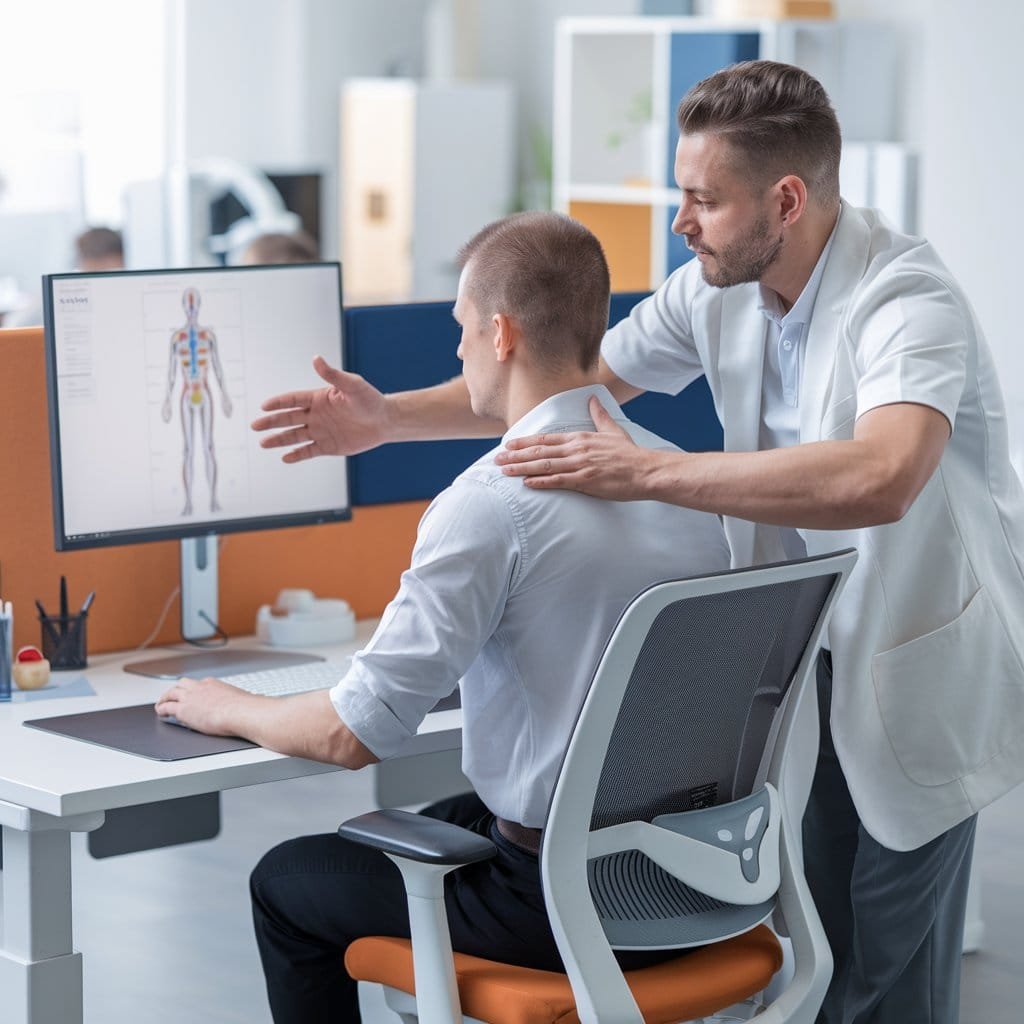
Posture and Ergonomic Training
- Focus: Educates individuals on maintaining proper posture and reducing strain.
- Techniques Used: Workstation assessments, stretching exercises, and corrective training.
FAQ’s
What is physiotherapy, and how can it help me?
Physiotherapy is a healthcare profession that focuses on assessing, diagnosing, and treating physical issues related to movement, pain, and function. It can help with recovery from injuries, manage chronic pain, improve mobility, and prevent further issues by using exercises, manual therapy, and other techniques tailored to your needs.
What happens during my first physiotherapy session?
During your first session, the physiotherapist will:
- Review your medical history and current condition.
- Ask about your symptoms, pain levels, and goals.
- Perform a physical assessment, such as testing your range of motion, strength, and posture.
- Develop a personalized treatment plan, which may include exercises, manual therapy, or other modalities.
You’ll also receive guidance on what to do at home to support your recovery.
Will my insurance cover physiotherapy treatments?
Many insurance plans cover physiotherapy, but coverage can vary based on your provider and policy. Some plans may require a referral or limit the number of covered sessions. Check with your insurance company or ask your physiotherapy clinic for assistance in understanding your benefits.
What should I wear to my physiotherapy appointment?
Wear comfortable, loose-fitting clothes that allow you to move freely. If your session focuses on a specific area, such as your knee or shoulder, consider wearing clothing that provides easy access to that part of your body.
How is physiotherapy different from chiropractic care or massage therapy?
Physiotherapy focuses on movement rehabilitation and treating musculoskeletal or neurological conditions through exercises, education, and manual techniques.
- Chiropractic care often emphasizes spinal alignment and joint adjustments.
- Massage therapy targets muscle tension and stress relief through soft tissue manipulation.
While these fields can overlap, physiotherapy is more comprehensive in addressing mobility and function.
Are there exercises I need to do at home between sessions?
Yes, most physiotherapists provide home exercise programs to complement in-clinic treatment. These exercises are tailored to your specific condition and are crucial for maintaining progress, reducing pain, and preventing future injuries.
How many physiotherapy sessions will I need to see results?
The number of sessions depends on your specific condition, severity, and goals. Some people see improvement in just a few sessions, while others with more complex issues may require weeks or months of treatment. Your physiotherapist will give you an estimated timeline after your initial assessment.
Do I need a doctor’s referral to see a physiotherapist?
In most cases, you do not need a doctor’s referral to see a physiotherapist. However, some insurance plans may require a referral for coverage, so it’s best to check with your provider first.
What conditions do physiotherapists treat?
Physiotherapists treat a wide range of conditions, including:
- Back and neck pain
- Sports injuries
- Post-surgical rehabilitation
- Arthritis and joint issues
- Stroke or neurological conditions (e.g., Parkinson’s)
- Chronic pain (e.g., fibromyalgia)
- Posture and alignment problems
- Work-related injuries
Can physiotherapy help with chronic pain conditions?
Yes, physiotherapy can be highly effective for managing chronic pain. It focuses on improving mobility, strengthening muscles, and reducing discomfort through targeted exercises, pain-relief techniques, and education on how to manage your condition.
“Your Journey to a Pain-Free Life Starts Here!”
“Don’t Wait to Feel Better – Contact Us Today for Fast Pain Relief and Lasting Recovery!”
Vitality 360 Wellness © 2025 All Rights Reserved.
